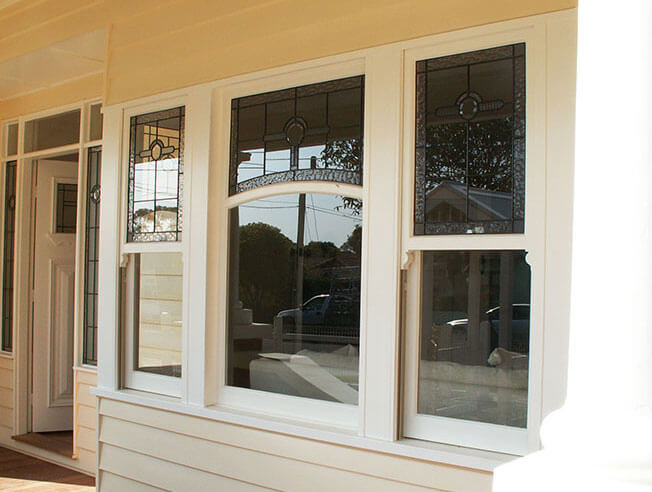All Categories
Featured
Table of Contents
Double Glazing in WA Perth
Laminated glass is typically used in areas in the home most prone to injury from human effect such as restrooms, doors, around staircases and in locations close to the floor (it meets the requirements of 'safety glass' that is mandated for usage in these areas by Australian Standard AS 1288 Glass in buildings).
Toughened glass has actually been 'tempered' by being reheated and quickly cooled once again. This process makes it much stronger than standard glass it can resist greater impact loads prior to breaking. It likewise makes it more secure since, when it does shatter, it gets into many little cubic pieces rather than unsafe fragments.
Double Glazing - About Windows - Window Film Excellence in Kardinya Perth
Nevertheless, toughened glass has no thermal or acoustic advantages over other glass of the very same toning or thickness. Secondary glazing is where single-glazed windows are retrofitted with a transparent acrylic or glass sheet attached to the inside of the frame or openable sash with a secondary frame or with magnetic strips.


Secondary glazing will not perform too thermally as a manufactured IGU, given that it is difficult to totally seal the border, but it can offer great noise control. Window films are a thin polymer movie containing a taking in color or reflective metal layer, with an adhesive backing. They stay with your glazing to change its colour or make it reflective.
Energy Efficient Windows: Choose The Best Option For Your ... in Darlington Perth
Applied to existing glass, some window films can halve the general SHGC of the window by taking in and/or reflecting solar radiation. This can be particularly helpful in hotter environments where cooling is the primary concern, or on east and west elevations straight exposed to long durations of sunshine. However, window movies may likewise decrease visible light transmittance.

For this reason, it is usually best to use an accredited installer of window film. Frames have a considerable impact on the thermal performance of doors and windows, since energy can be acquired and lost through the frame, in addition to through the glass. Various kinds of frame will permit various levels of heat gain and loss, so careful choice of frame is very important for effective passive design.
Energy Efficient Windows: Choose The Best Option For Your ... in Kiara Western Australia
Aluminium is also a very great conductor of heat and will reduce the insulating worth of a glazing unit, unless particularly engineered to reduce this. A 'thermally broken' frame is made up of 2 aluminium sections connected by a structural insulator (usually a low-conductivity structural polymer). This 'breaks' the thermal connection through the aluminium and lowers the heat streaming through the frame.
Wood frames are a good natural insulator that can suit some home styles. Timber frames should be made from types that have naturally high sturdiness or be treated to avoid decay and contortion.
The Ultimate Guide To Double Glazed Windows in Bedfordale Western Australia
This can result in gaps that enable air infiltration unless good draught sealing (weather removing) is set up. u, PVC is a type of plastic (unplasticised polyvinyl chloride, also known as stiff PVC). u, PVC frames offer outstanding thermal performance, often better than timber or thermally damaged aluminium. u, PVC is long lasting and requires very little upkeep, and can be moulded into complicated profiles that provide exceptional air seals.
u, PVC windows and doors have exceptional thermal efficiency Photo: Ben Wrigley (Light Home Architecture and Science) Composite frames use aluminium profiles on the outer areas with either a lumber or u, PVC inner section. These combine the low upkeep and toughness of aluminium with much enhanced thermal efficiency.
Table of Contents
Latest Posts
Single, Double Or Secondary Glazing, Which Is The Best ... in Leda WA
Double Glazed Windows Brisbane in Lockridge Western Australia
Double Glazing Vs. Triple Glazing: Which Is Worth It? in Palmyra Perth
More
Latest Posts
Single, Double Or Secondary Glazing, Which Is The Best ... in Leda WA
Double Glazed Windows Brisbane in Lockridge Western Australia
Double Glazing Vs. Triple Glazing: Which Is Worth It? in Palmyra Perth